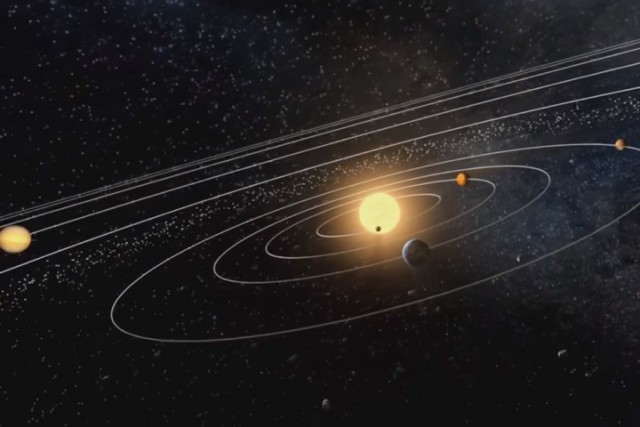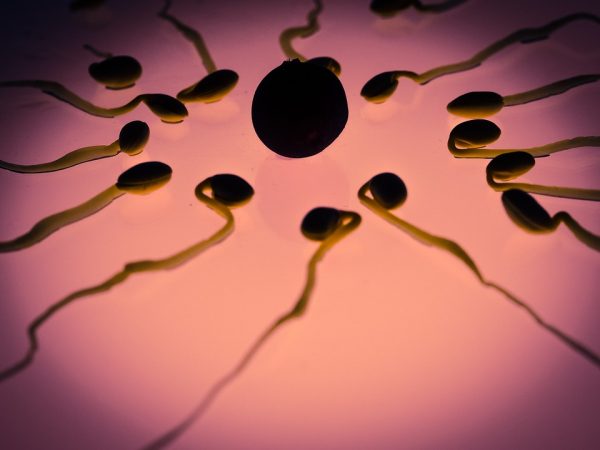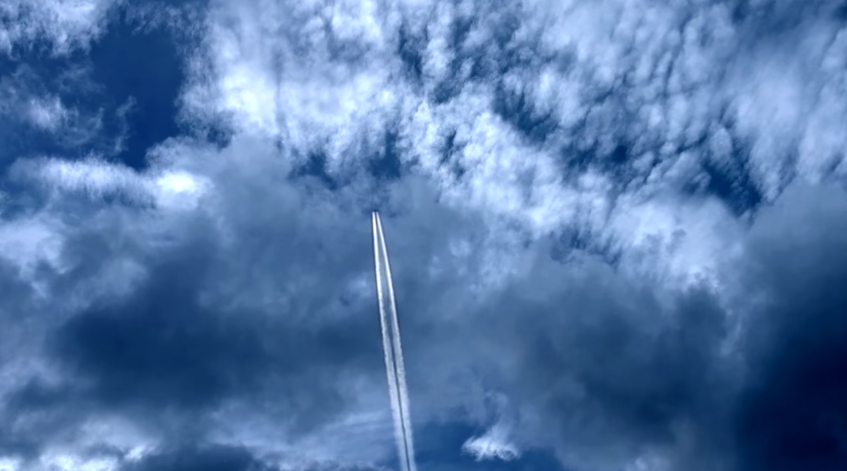We’ve littered Earth’s orbit with “space junk” since the dawn of spaceflight, so it stands to reason that advanced alien life might have done the same. A Spanish researcher suggests looking for evidence of orbital trash as proof of extraterrestrial life, reported a New Scientist article.
According to astrophysicist Hector Socas-Navarro, the “transit method” technique commonly used to find exoplanets could be adapted to detect the Clarke exobelt (CEB), an area around the planet where satellites and other objects can be found.
In the transit method, astronomers look for moments when the light of a star briefly dims due to the passage – the “transit” – of a planet between it and the Earth.
The method provides researchers with enough orbital data and transit time to make estimates about the appearance of the discovered exoplanet – for instance, if it’s a rocky planet or a gaseous one.
A researcher from the Canary Islands Institute of Astrophysics (IAC), Socas-Navarro believes that the transit method can not only spot the space junk of distant alien civilizations, but also determine the technological level of the aliens.
He claims a CEB comprised of anywhere between ten billion to a trillion individual satellites can cause dimming during a transit, enough for current telescopes to find it.
For comparison, Earth currently has a few thousand satellites. However, the opacity of our planet’s Clarke exobelt has massively increased during the last 15 years.
If current trends hold, by 2200, Earth’s CEB will be detectable from other planets.
Aliens with similar tech, trash habits as humans might leave signs in space
If any of the exoplanets orbiting TRAPPIST-1 – a red dwarf star 39 light-years from Earth – was surrounded by that much clutter, Socas-Navarro said humans would be able to detect its CEB by now, reported Daily Mail online.
Locating a potential Clarke exobelt requires knowing its radius, which can be calculated based on the mass and rotation period of its host planet.
“The idea is to examine the region of space around a planet where potential geostationary or geosynchronous satellites would orbit (hereafter, the Clarke exobelt),” says Socas-Navarro.
He believes alien civilizations with spaceflight capabilities equal to those of humans plus a dense population of space debris or satellites may leave a detectable imprint on the light curve of their planet’s parent star.
The primary problem with using the transit method to look for CEBs is that it will have a hard time telling space junk apart from natural debris or bodies, such as rings and moons. So far, astronomers have yet to find any of those on exoplanets.
“The nice thing is that looking for Clarke exobelts comes for free with the search for moons and rings,” Socas-Navarro remarks in an interview with New Scientist.
“It’s as if someone gives you a free lottery ticket. You know it’s utterly unlikely that you’ll win the prize but wouldn’t you check, just in case?” (Related: Group of Earth-like planets 40 light years away could harbor life outside the solar system.)
Nearby star system has planets with potential to support life
Socas-Navarro specifically cited TRAPPIST-1 because the star had multiple planets that could possibly support life and civilizations that could create detectable Clarke exobelts.
Discovered in February 2018, the red dwarf star system features seven exoplanets. Researchers theorize that all of those planets could possess one form or another of surface water, a prerequisite for life.
Three are in the habitable zone of their home star, which give them a very good chance of having some form of life.
According to researchers, it will take a decade to determine if there is any form of life in the TRAPPIST-1 star system.
Find more articles on possible alien life on Space.news.
Sources include:
NewScientist.com
DailyMail.co.uk
We will respect your inbox and privacy




















